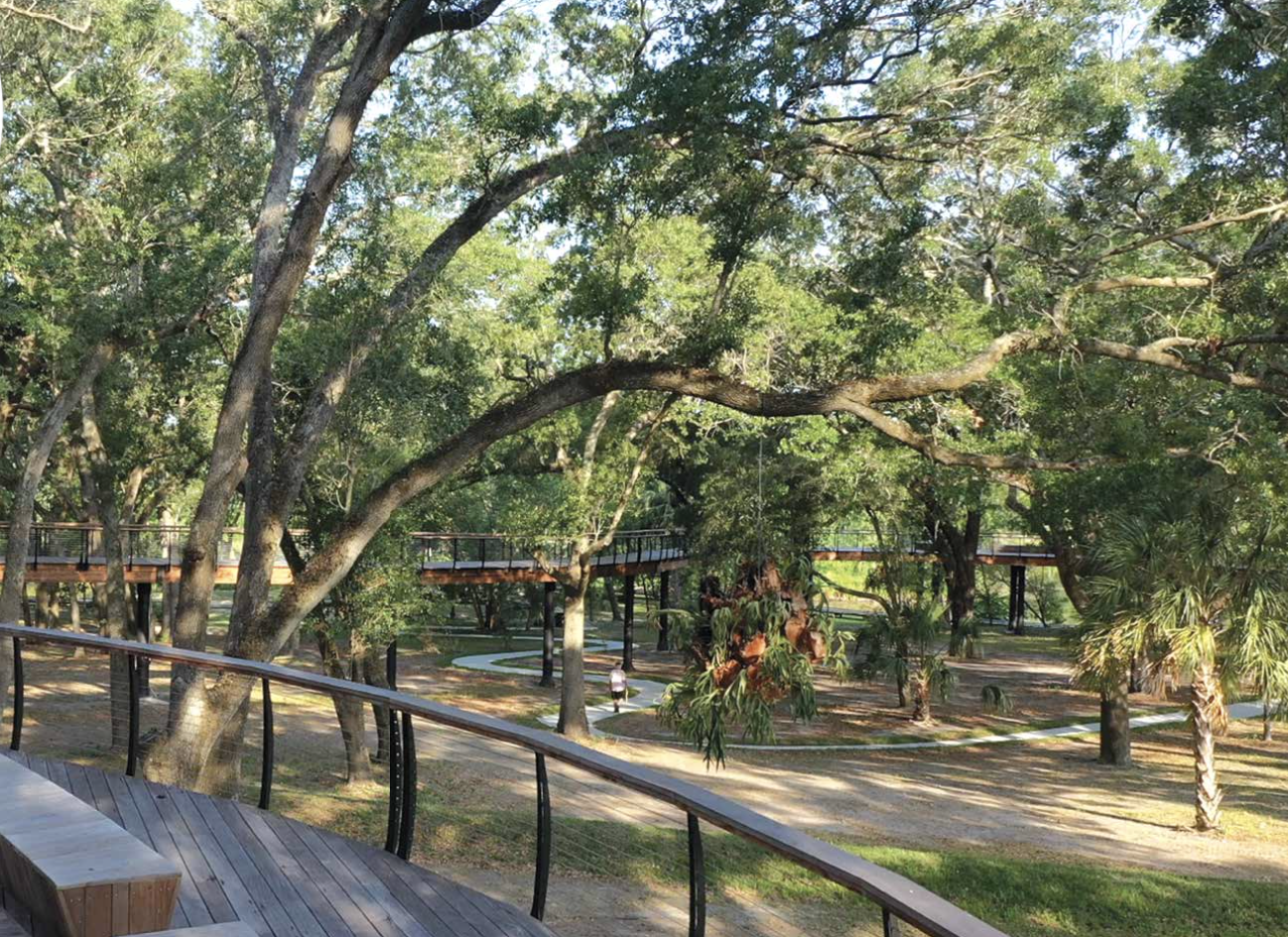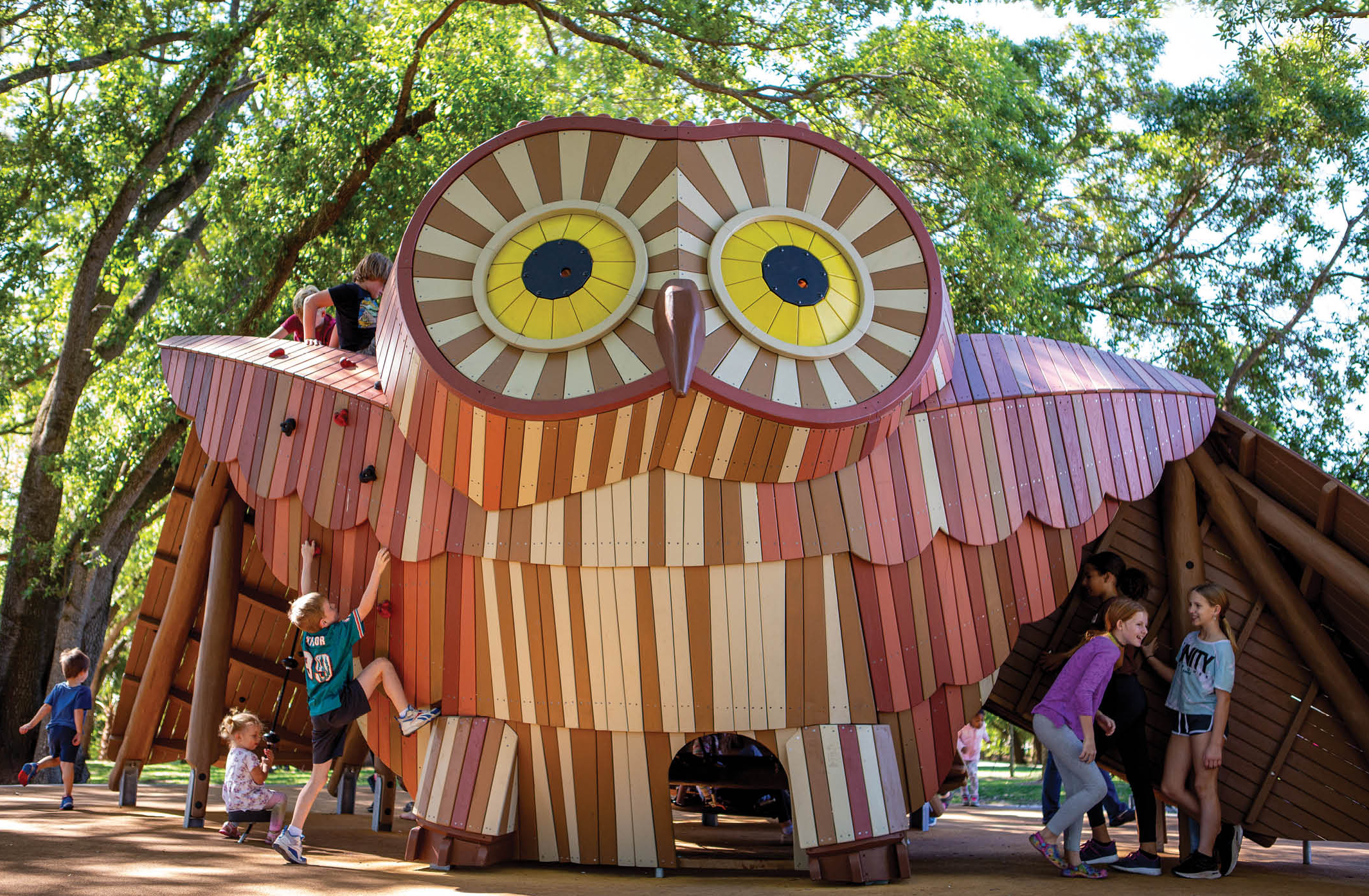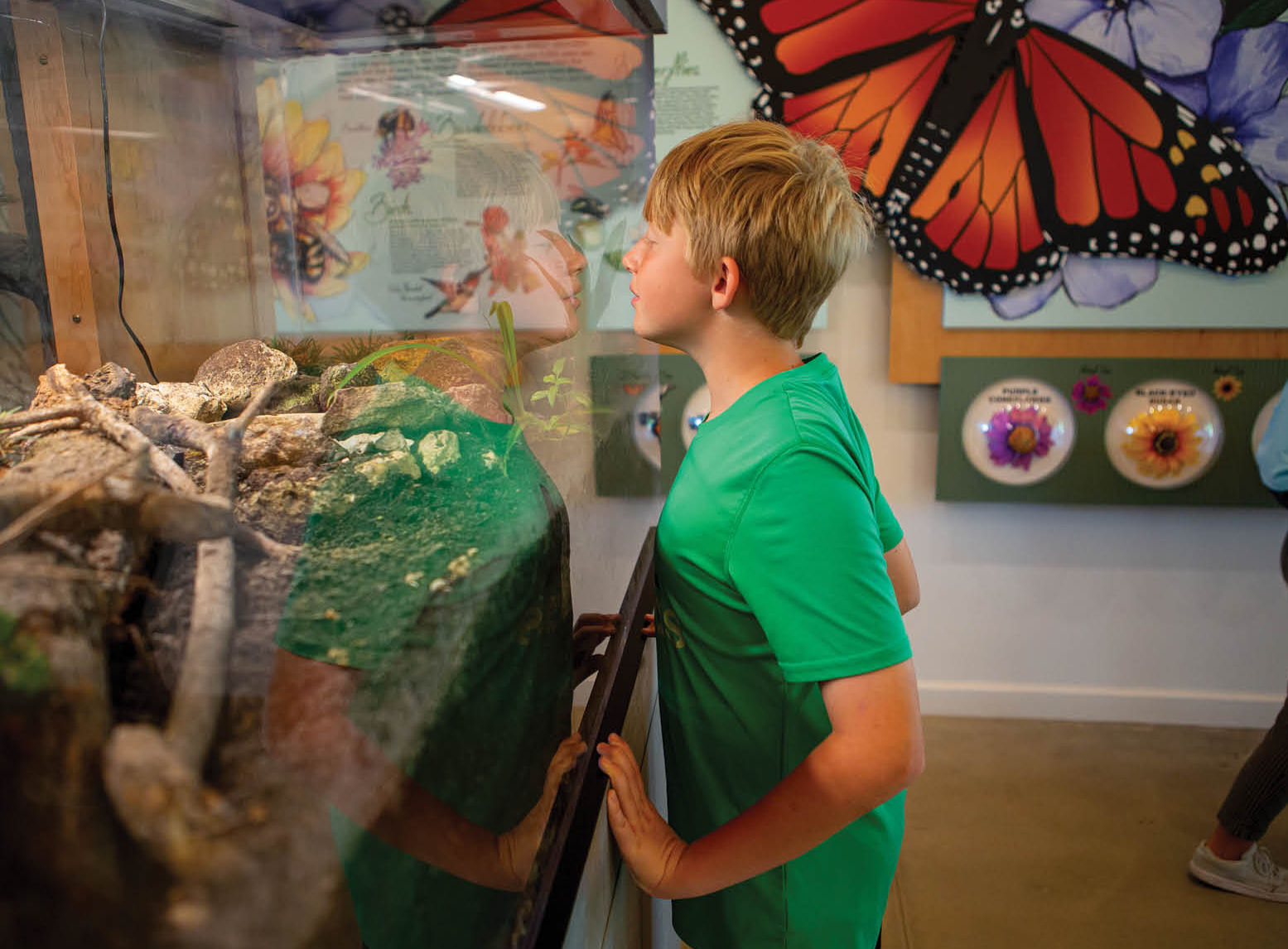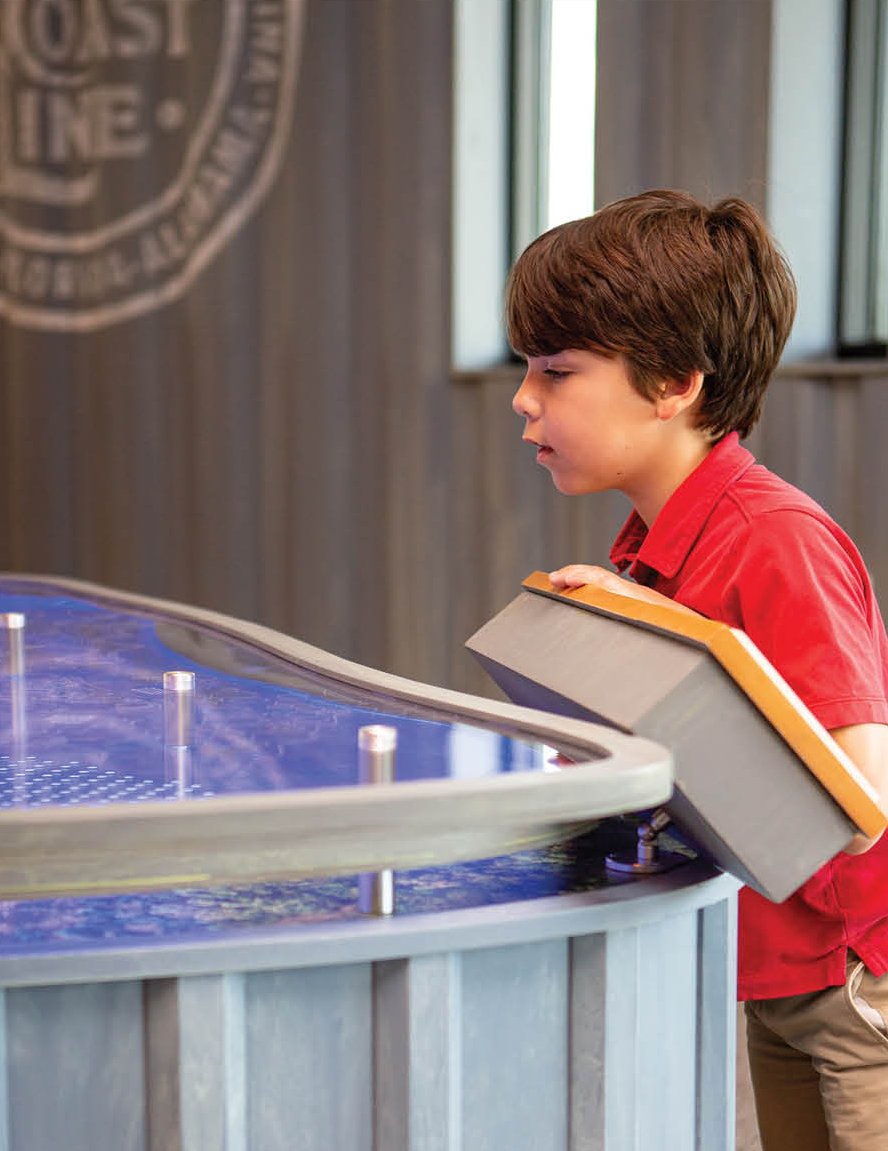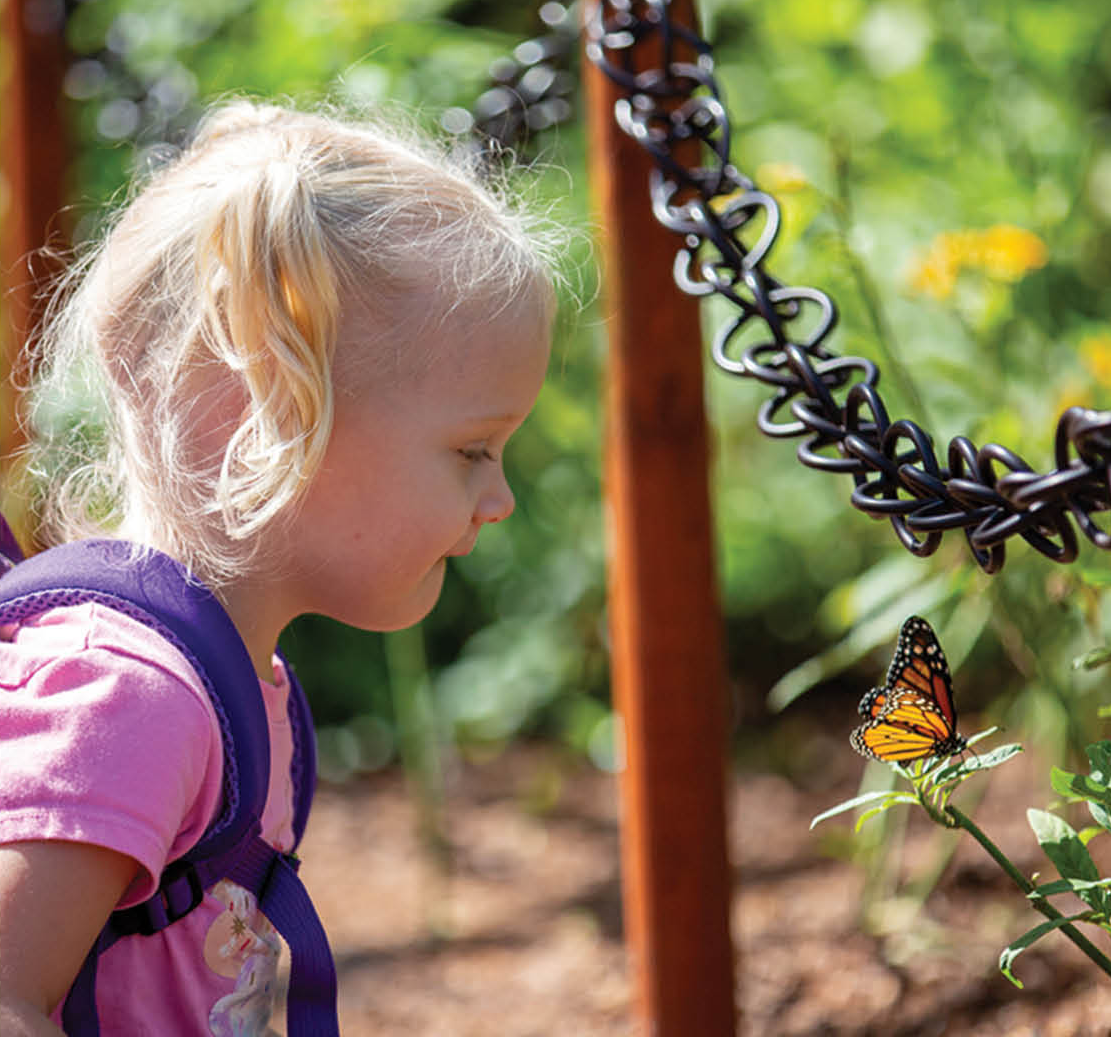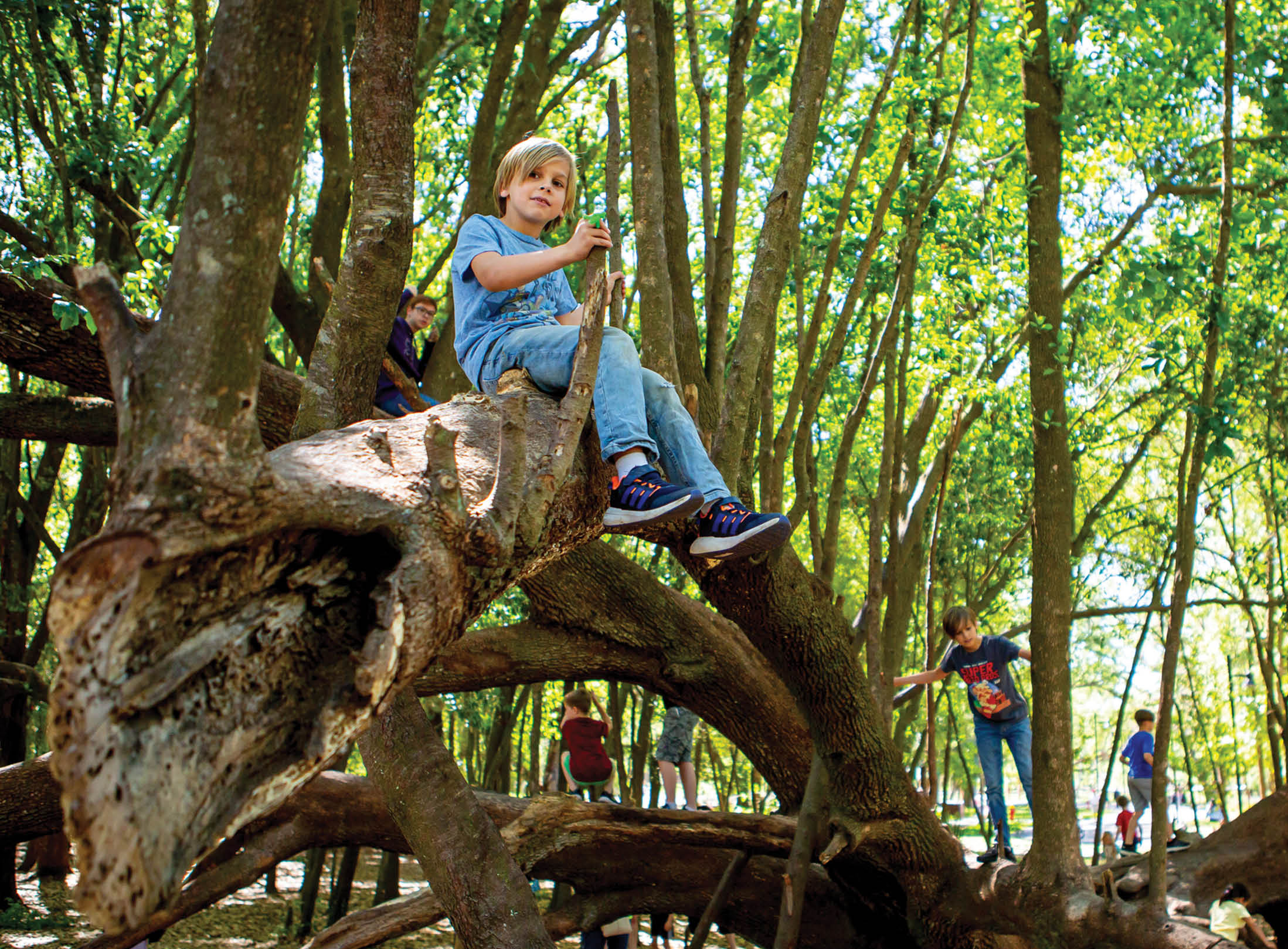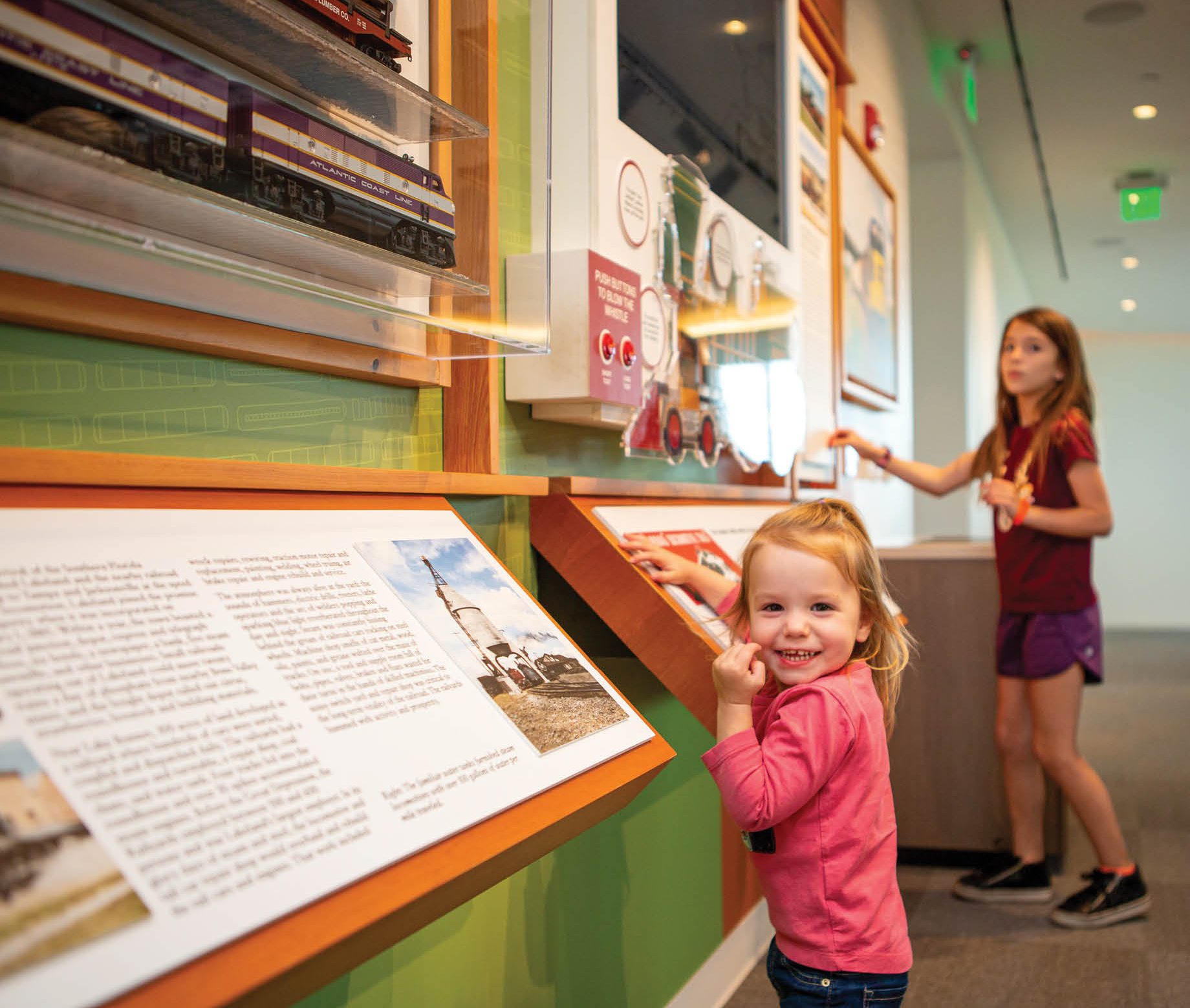By Rebecca Maglischo
Photos Courtesy of Bonnet Springs Park
Every piece of land has a story to tell. The dirt itself carries the layers of triumph and tragedy. The rings in the trees whisper of boom and bust, drought and famine, flood and bounty. The wind-shaped canopy cannot hide the tornado of time that has savaged a place. The 180+ acres of land that stands today as Bonnet Springs Park has a story. It is a story of the best times, followed by the worst times. It is a story of people—families that lost as the economic tides turned, families that lamented as a once-thriving area fell to shambles, and families that cared enough to step in and step up. A piece of land that was once disregarded as ugly and worthless now shines as the gem of Central Florida. In a historic tale of philanthropy, community, and redemption, Bonnet Springs Park stands as a symbol of all that is good when humans come together with a vision of hope.


The town of Lakeland, Florida grew around the success of the railroad system in the latter part of the 1800’s. Incorporated in 1885, the town offered a progressive outlook, excellent commerce, job opportunities, and an attractive central location. Lakeland’s rail system transported agriculture and phosphate in every direction. As the century turned, the town grew and prospered. Lakeland rode the wave of the 1920’s land boom and entered a golden age in which it seemed the prosperity could never end. The rail system continued to expand, becoming one of the largest in the state. Lakeland felt the sting of the subsequent “bust” but was resilient, chugging along like the very locomotives that carried the tangible hopes of the residents for as long as possible.
The rail-yard operation came to a halt in 1952. The massive site sat and languished for decades. The land, used and abused, carried environmental scars of unknown proportion. Nature had its way, though. First came the weeds, then the plants, and finally the trees. Unattended for over 60 years, the old rail yard transformed into a jungle. It also became a garbage dump, a gathering place for the homeless, and an eyesore to the community.
Henry David Thoreau said, “It’s not what you look at that matters, it’s what you see,” and longtime Lakeland resident, David Bunch, saw something different. He pitched his idea for a park that would reconnect the Northwest quadrant to the rest of the city. He painted the picture of an idea and he shared it with the right people. Carol and Barney Barnett and retired Lakeland Parks and Recreation Director Bill Tinsley were enthusiastic about the project, though the challenges would be immense.
The team partnered with a Boston-based firm, Sasaki, to create a workable vision and devise strategies for the remediation of environmental hazards. The site was covered with the by-products of the industrial period, mainly arsenic and petroleum contaminants. Additionally, Lake Bonnet and the nearby natural spring were among the most polluted watersheds in Lakeland. More than 200 acres surrounding the site were originally developed in such a way that the urban run-off flowed to and through the area, carrying high levels of chemicals and large amounts of trash directly into the lake. Working closely with regulatory agencies and an environmental consultant, the contaminated ground was pulled and mounded and then covered with over 315,000 cubic yards of clean fill. Additionally, a system was devised to catch the stormwater that had wreaked havoc in the area. The water now runs through a vault that physically removes the trash and empties into a winding wet meadow composed of native and adapted species designed to slow and filter the water. Creative methods of environmental intervention have become highlights of the Bonnet Springs landscape. Beautiful contours and hills now block noise, direct breezes, and create play nooks for families throughout the park. Massive heritage trees, ponds, and creeks pull visitors deeper in to explore all that Bonnet Springs has to offer— a state-of-the-art playground and water play area, a Nature Center, The Depot Park Cafe, a rooftop bar, a natural amphitheater for concerts and events, The Florida Children’s Museum, a children’s resource center, a beautiful event venue, the 5-senses garden, a butterfly area, and more. There is something for everyone, and no one could experience it all in one visit.


Bonnet Springs is an independent, privately funded 501c3 organization. While Carol and Barney Barnett are the primary benefactors of the park, the citizens of Lakeland have funded the project every step of the way, including the current day-to-day operations. Over 100 million private dollars have gone into the construction and operation of Bonnet Springs. Josh Henderson, the CEO, speaks with passion when he describes the significance of this level of philanthropy.
“Bonnet Springs is a free-to-the-public park that offers a paid level experience,” Josh says. “Regardless of socioeconomic status, an individual or family has a destination location. We want it to be a repeatable experience, something that never gets old. And all of this is possible because the people believed, and they gave generously.”
Bill Tinsley, who has walked every step of the way since day one on the project, is equally amazed. “It’s pretty much unprecedented, historical. Bonnet Springs is one of a kind and the people of Lakeland never shied away from the challenge.”
The story of Bonnet Springs Park is a story of redemption. Perhaps, that’s a little of the draw, especially for families whose ancestors rode the economic waves of citrus and phosphate and railroads. The stories of these families are commemorated in the history center just as the environmental stories visibly mark the giant trees on which the children now climb. The plot of land to the east of Lake Bonnet has been given a second chance. It is an icon of creativity, leadership, and vision. But mostly, Bonnet Springs Park is a demonstration of the good that arises when humans come together to leave a legacy.

